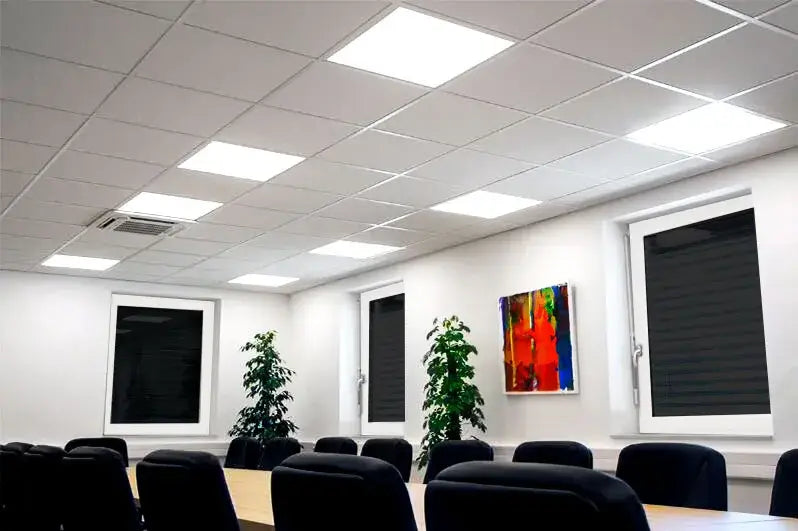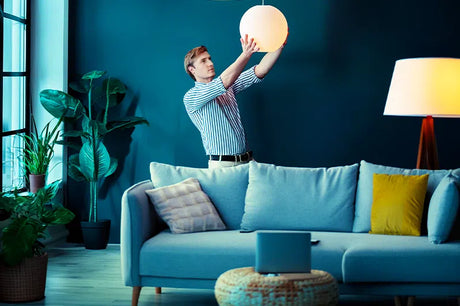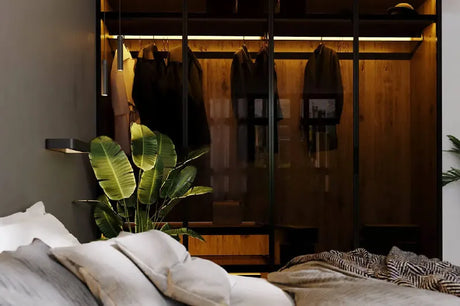Introduction:
When designing lighting solutions, visual comfort is a crucial factor to consider. In selecting LED lighting for offices, schools, healthcare facilities, and other work environments, understanding and managing Unified Glare Rating (UGR) is of paramount importance. In this blog article, we will delve deeper into what UGR signifies, how it affects visual experience, and how you can ensure optimal visual comfort with LED lighting.
What is UGR and Why is it Important?
UGR, or Unified Glare Rating, is a metric that indicates the amount of unwanted glare caused by a lighting installation. It determines the level of visual comfort in a space. A high UGR value signifies more glare, potentially impairing visual performance and comfort. Managing UGR is crucial to prevent eye strain, headaches, and reduced productivity.
Tips for Optimizing UGR with LED Lighting:
1. Choosing the Right Luminaires:
When selecting LED luminaires, it is essential to consider the UGR value specified by the manufacturer. Opt for luminaires with a low UGR value (ideally below 19) to ensure that the lighting does not cause disturbing glare.
2. Placement and Positioning:
The proper placement and positioning of luminaires play a critical role in minimizing glare. Ensure that the lighting is evenly distributed and avoid direct exposure to the eyes. Using shields, louvers, or diffusers can also help reduce glare.
3. Directionality and Light Distribution:
LED luminaires with good directional control and light distribution can significantly improve UGR. Choose luminaires with optical systems that efficiently direct light and minimize spill light. This helps create uniform and comfortable illumination without unwanted glare.
4. Dimming and Control:
The ability to adjust lighting levels to the specific needs of a space is an important aspect of visual comfort. By utilizing dimming and control systems, you can adapt the brightness and avoid excessive glare. This allows users to create a pleasant and productive environment that meets individual preferences.
5. Maintenance and Monitoring:
Monitoring the performance of LED lighting and timely maintenance are essential for sustaining UGR levels in the long run. Regular maintenance, such as cleaning luminaires and checking for defects, contributes to an optimal visual experience. It is also advisable to monitor the lighting systems and make adjustments as needed to maintain UGR.
Conclusion:
Understanding and managing UGR is crucial in creating a comfortable and productive work environment with LED lighting. By choosing the right luminaires, applying careful placement and positioning, considering directionality and light distribution, utilizing dimming and control systems, and performing regular maintenance and monitoring, you can optimize UGR, reduce eye strain and unwanted glare, and enhance visual comfort.
At LEDWINKEL-Online, we understand the importance of UGR for LED lighting. We offer high-quality LED luminaires with low UGR values to meet the needs of various spaces and applications. Visit our webshop and explore the possibilities of achieving optimal visual comfort with our quality LED lighting solutions.
Take control of UGR and create an environment that is both functional and pleasant for everyone working in it. Choose LED lighting with a low UGR value and enjoy the benefits of optimal visual comfort.
Additional Information:
For more information on UGR, you can visit the website of the Illuminating Engineering Society (IES): https://www.ies.org/










